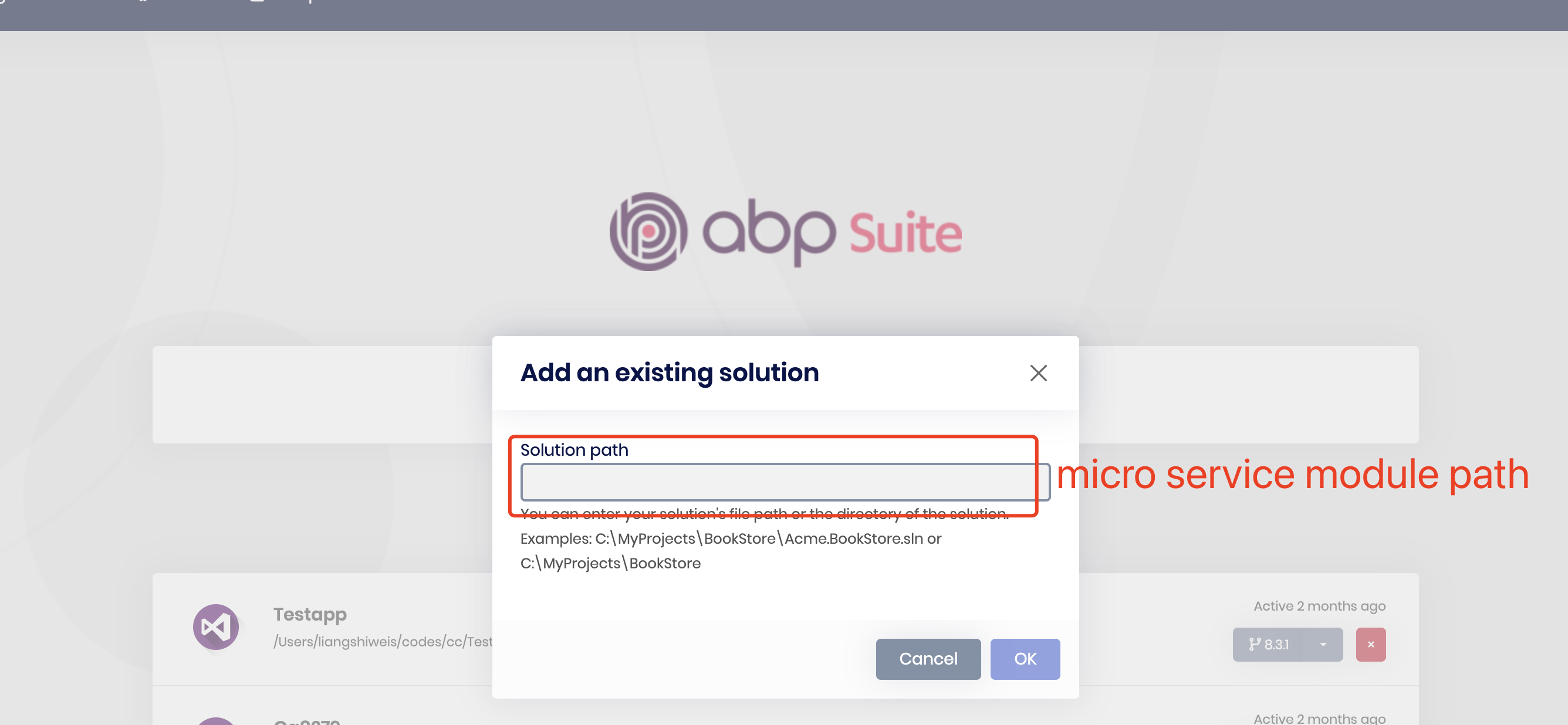HI,
Sorry your topic is quite big, and I don't know much about your project details.
Can you ask some specific questions? thanks.
This is because your migration snapshot has the right entity definition, maybe you have created a migration file, but deleted it manually.
you can try to remove this and create a new migrations file again.
b.Property<string>("ExtraProperties")
.HasColumnType("nvarchar(max)")
.HasColumnName("ExtraProperties");
Hi,
.done is the success callback
$("..yourForm").on("submit", function (e) {
e.preventDefault();
....ajax({
}).done((data)= >{
redirect...
})
}
Hi, 9.0.3
Email sent.
Hi,
You can change the default behavior.
https://abp.io/docs/latest/framework/ui/mvc-razor-pages/javascript-api/ajax#log-show-errors
I wanted to change it to sth like return new JsonResult(new { redirectUrl = Url.Page("/") });
But I think when you return the JSON result, the response status code will be 200; this means that it is not an error response and may not trigger global error handling.
You can consider manually handling in AJAX submit.
$("..yourForm").on("submit", function (e) {
e.preventDefault();
....ajax({
}).then((data)= >{
redirect...
})
}
Hi
What should the second one be for RedirectAllowedUrls, the example only shows localhost.
You should set it to your actual URL
For the first and the third, my app already had these set correctly. What else can I check?
Check your database to make sure the redirect_url is right.
This is just an example, you need to set it to your URLs
and could you please clarify why the public site is being created using Razor, even though Angular was selected as the UI framework?
We do not maintain multiple templates. You can choose any UI of your preference as the public website.
We redesigned the layout of our public website and it will be launched in the next version.

also according to the ABP login. If we want to login using OTP, should we download and modify the account module as previous versions or there is an update from ABP about this case?
ABP already supports this; when two-factor authentication is enabled, you can choose TOPT. https://abp.io/docs/latest/modules/identity/two-factor-authentication#user-side
Hi,
Yes, of course.
Can you provide a guidance or an example of how to integrate a DDD module into an existing ABP-based microservice solution?
This is the way to add a service to the old microservice template.
This is the document explaining how to extracting the module as a microservice.
https://abp.io/docs/commercial/latest/guides/extracting-module-as-microservice
This is the way to add a service to the new microservice template.
How can we use the ABP Suite from the DDD module, as used from microservice module to generate entities, UI and so on?
you can use the suite to add a module project to generate codes.

Are there any potential drawbacks or known issues when using a DDD module inside an ABP microservice solution, especially considering challenges related to service boundaries, inter-service communication, or the persistence layer?
Yes, usually, services need to communicate. We have prepared some documents for this.
The most important thing in microservices is to divide services according to use cases.

